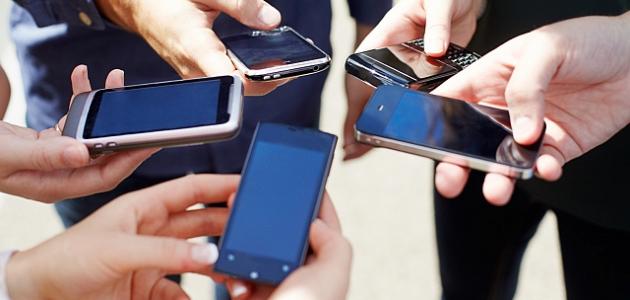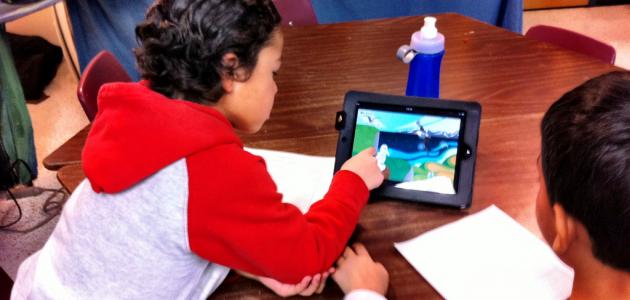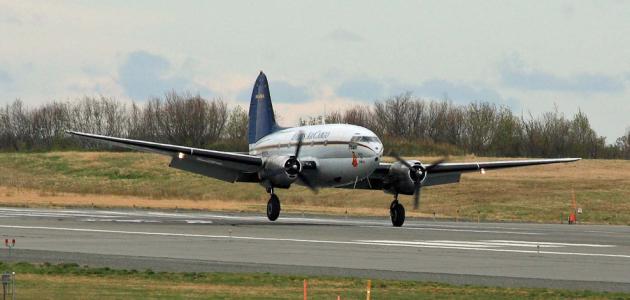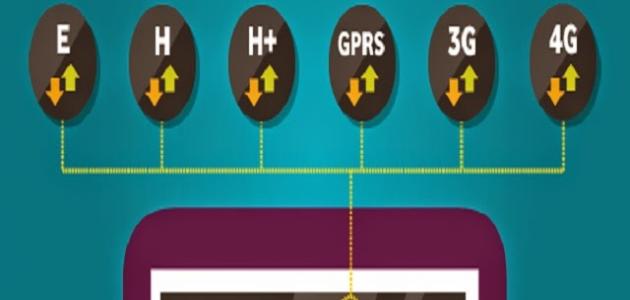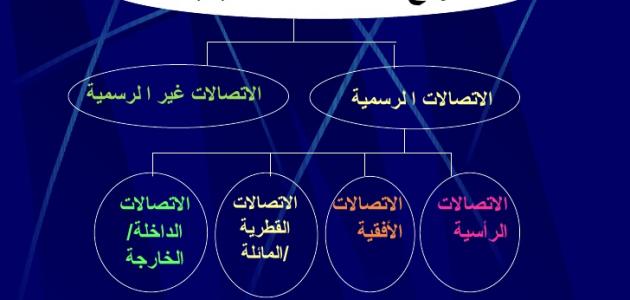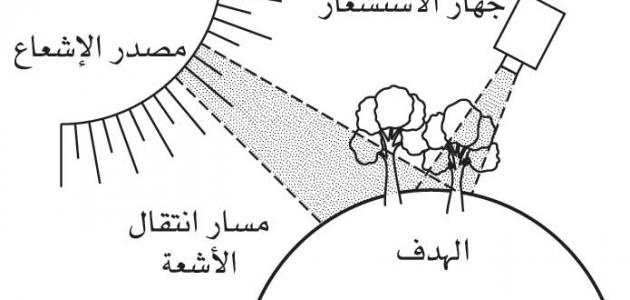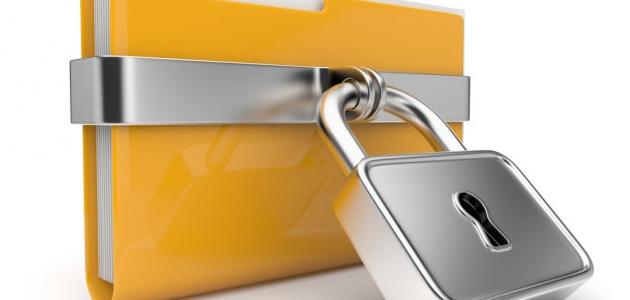Stages of development of means of communication
Communication can be defined as the process of sending and receiving clear messages and information between several parties through various means that may be verbal or non-verbal, such as: speech itself, writing, and pictorial media. Such as graphs and maps, in addition to signs and signs. Information and ideas are exchanged and shared in the communication process through a common system of symbols such as letters or signs. Communication may be limited to a simple conversation or interaction between two people or within a small group of people, or it may expand to include speeches. Debates, newspaper articles, and news bulletins. It is noteworthy that most people spend more time communicating with others through various platforms and media than they spend in various other life activities.
Communication is the sharing of written messages or speech that other parties can understand and interact with. Communication occurs when one of the elements of communication, i.e. the sender, whether a writer or speaker, sends a message to the receiver, who can be a reader or listener, who in turn interacts with the message or speech by responding by Writing or conversation. Among the most important stages and milestones that occurred in the history of means of communication are the following:
Primitive means
In ancient times, communication methods were used in their primitive form by issuing specific sounds. Emitting loud sounds or with different tones and frequencies was an indicator of social communication with people or an indication of warning of some danger. Body language was also used as a means of communication, in addition to the methods of communication that depend on... Expressive drawings of real or imaginary events and characters convey the culture of peoples, represented by stories of battles, wars, hunting methods, etc., to the following peoples, especially before the existence of books.
Read also:Remote sensing reportDrums were used as a means of sending sounds and signals to neighboring tribes surrounding the region, by issuing sounds that followed certain patterns and frequencies that informed other parties of the latest developments that they might be interested in knowing, in addition to smoke signals, which were considered one of the most important means of long-range visual communication that was used to convey important information or Alert about the presence of a specific danger or problem.
Writing
Writing has been used for thousands of years, but its importance has increased over the years. Writing appeared in its primitive form on clay tablets and has continued to be used even in the age of technology and reliance on computers. Writing continues to advance and develop significantly and rapidly. The first forms of writing were primitive images grouped into letters. They were called pictographs, so that each picture represented one simple idea. Over time, simple pictures were collected to express more comprehensive and complex ideas, which were called ideographs. Then sounds were introduced into those ideographs, forming the beginning of the emergence of Modern alphabet letters.
Several means and methods have been used to coordinate the letters of the alphabet throughout history. The ancient Greeks used to light torches in a specific way to express the letters of the alphabet, and marine men in the past used flags and flashing lights in special ways to indicate the letters of the alphabet. In these ways, messages were transformed into understandable and logical forms. In ancient times, humans used different materials to write on, such as: tree bark, flat stones, and animal skins. They even developed some writing systems to adapt to the types of materials that were written on. The Babylonians used clay tablets and flat stones to write, while the ancient Egyptians used A special cloth made from the papyrus plant, while the Greeks wrote on precious paper made from sheep and goat skins. Currently, the paper that was invented in China is used throughout the civilized world.
Read also:How do I use the tablet?techniques
Preparing multiple copies of writings before the invention of printing required a long time and hard work from writers who copied them manually. This made them inaccessible to all people, which reduced people’s motivation to learn to read or write, as printing made it easy to prepare multiple and inexpensive copies of writing. These ideas and writings, and the origin of printing dates back to the second century. The Chinese were able to print by placing ink on marble surfaces in a certain way and then placing paper on them. By the year 500 AD, wooden boards were used in some parts of the continent of Asia to print writings and drawings, but that was It required a carved wooden board for each page of the book, so in the eleventh century the Chinese invented small models of letters with their different positions in the words so that they protruded from the wooden board to be reassembled and used to print different texts.
The German goldsmith Johann Gutenberg invented the printing press during the era of the Roman Empire around the year 1440 AD. He developed a complete printing system based on the tools available at that time and also invented new methods. His invention contributed to increasing the productivity and profit of printing establishments, and creating a scientific revolution by publishing scientists’ discoveries and research on the Internet. It was widely used in scientific journals, and authorship became financially feasible. Printing helped document the name of the writer and the time of publication, contributed to documenting references, and focused on the idea of matching works and books in terms of the name of the writer and the information contained in the book, which led to the emergence of indexes and page numbering, which is Something that did not exist before the invention of printing.
Read also:How does the elevator work?Electricity
Simple inventions appeared at the beginning of the nineteenth century to send symbols and letters through electrical pulses passing through wires. In 1832 AD, Samuel Finley Breeze Morse invented the telegraph, whose messages took days, weeks, and sometimes months to reach their destination, but after laying the first electric telegraph wire In the 1876s, a message took only a few minutes to be sent from London to New York, and newspapers were able to publish news around the world on the same day it happened. Electricity also helped Alexander Graham Bell obtain a patent for the telephone in 1880, a device that transmitted sound in the form of Electrical currents pass through wires. This invention constituted an electronic revolution in the field of communication. In 30,000 AD, the number of telephone sets in the United States reached only XNUMX.
Broadcasting media
At the beginning of the twentieth century, it became possible to send messages around the world without using wires by encrypting messages with electromagnetic waves that travel in a vacuum. A wireless telegraph was invented in 1901 AD, paving the way for the invention of the radio, which spread widely in homes and stores by 1920 AD, and in 1926 AD work began. After the invention of the television set, which transmits video signals more complex than sound signals in space in black and white, it witnessed wide spread in the late XNUMXs, then color television was invented in the mid-fifties, which witnessed wide spread in the late XNUMXs.
Digital means
Digital technology has made it possible to efficiently compress, store, and transfer large amounts of data, which has helped in the immediate communication of text, audio, and video information remotely and reduced its cost. Digital means are currently used to communicate with individuals, hold business conferences remotely, and manage money in banks and companies. It has also played a role in Digital media plays a pivotal role in the field of entertainment through the visual effects used in computer animation and films. Computers are also capable of storing huge amounts of information and transmitting it to other devices via computer networks or the Internet.

